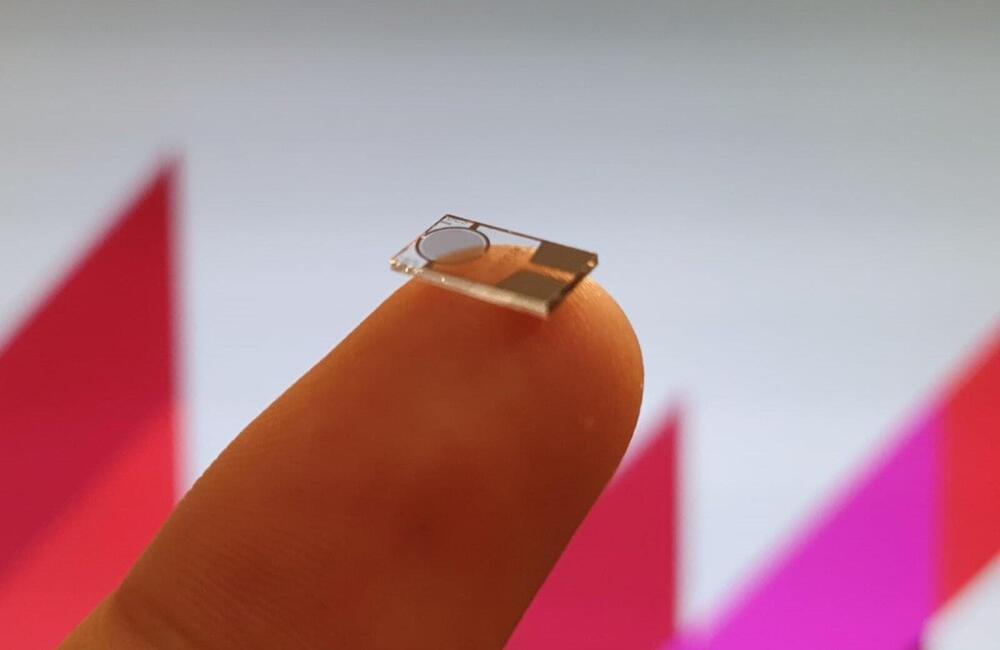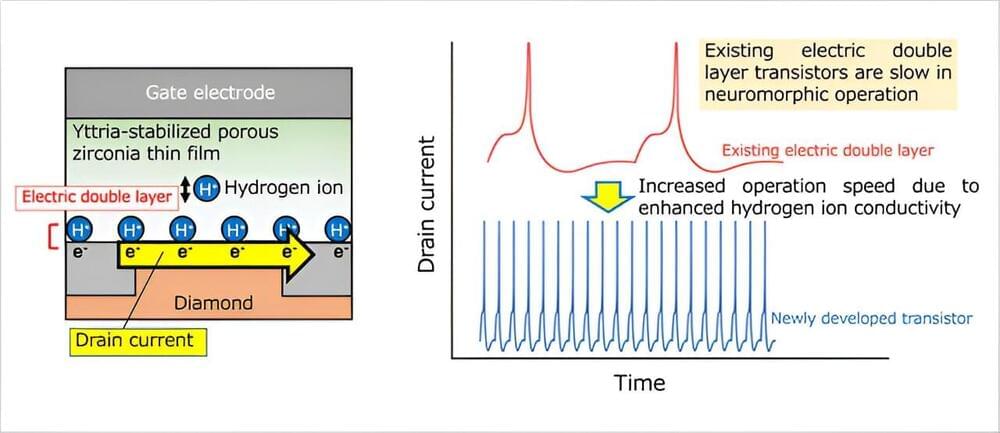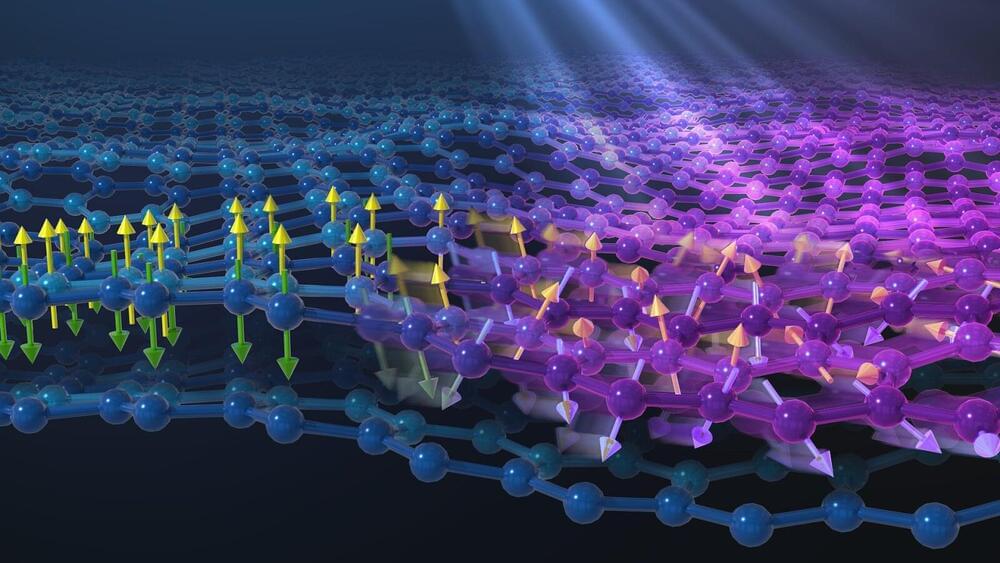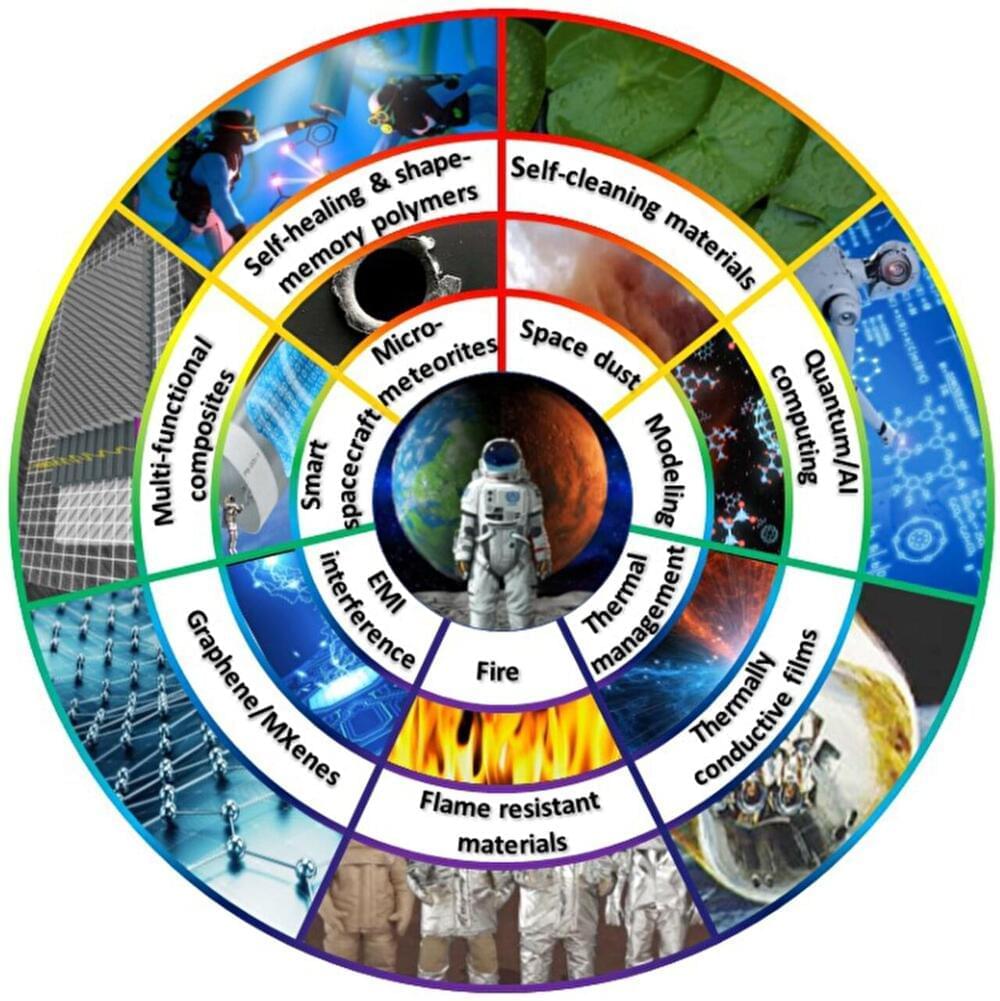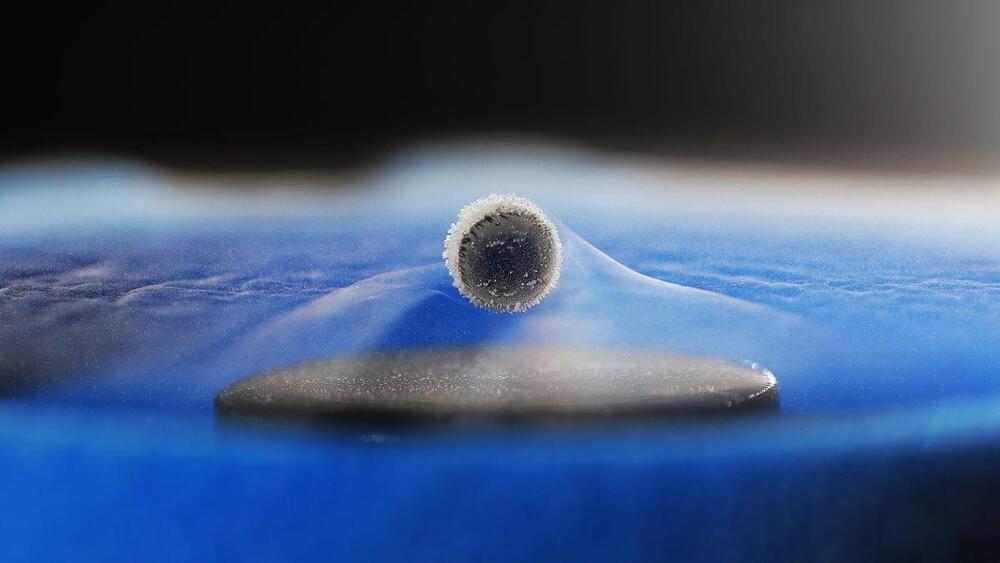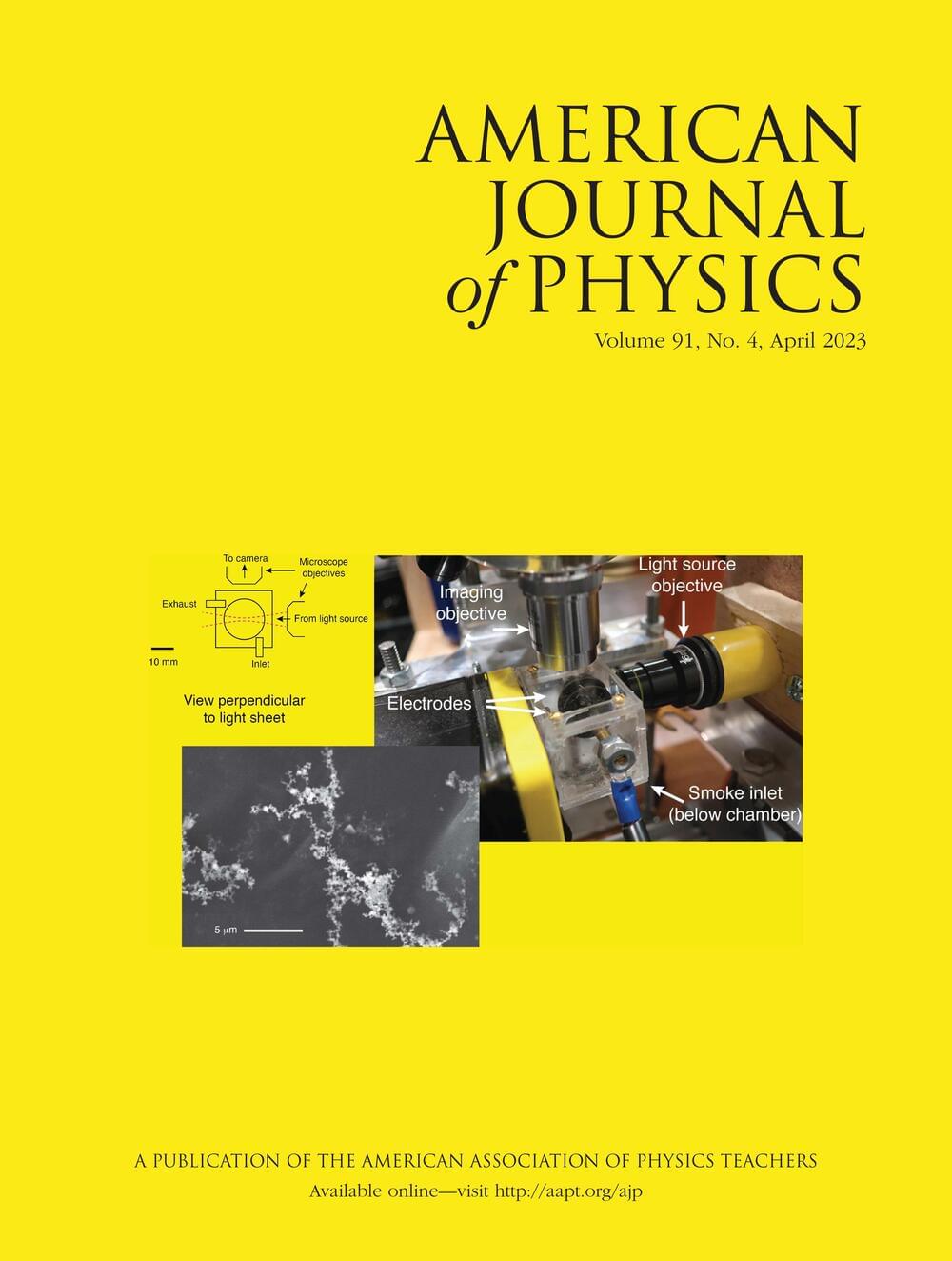Aug 5, 2023
Single drop of ethanol to revolutionize nanosensor manufacture
Posted by Dan Breeden in categories: electronics, materials
Macquarie University engineers have developed a new technique to make the manufacture of nanosensors far less carbon-intensive, much cheaper, more efficient, and more versatile, substantially improving a key process in this trillion-dollar global industry.
The team has found a way to treat each sensor using a single drop of ethanol instead of the conventional process that involves heating materials to high temperatures.
Their research, published in Advanced Functional Materials, is titled, ‘Capillary-driven self-assembled microclusters for highly performing UV detectors.’
